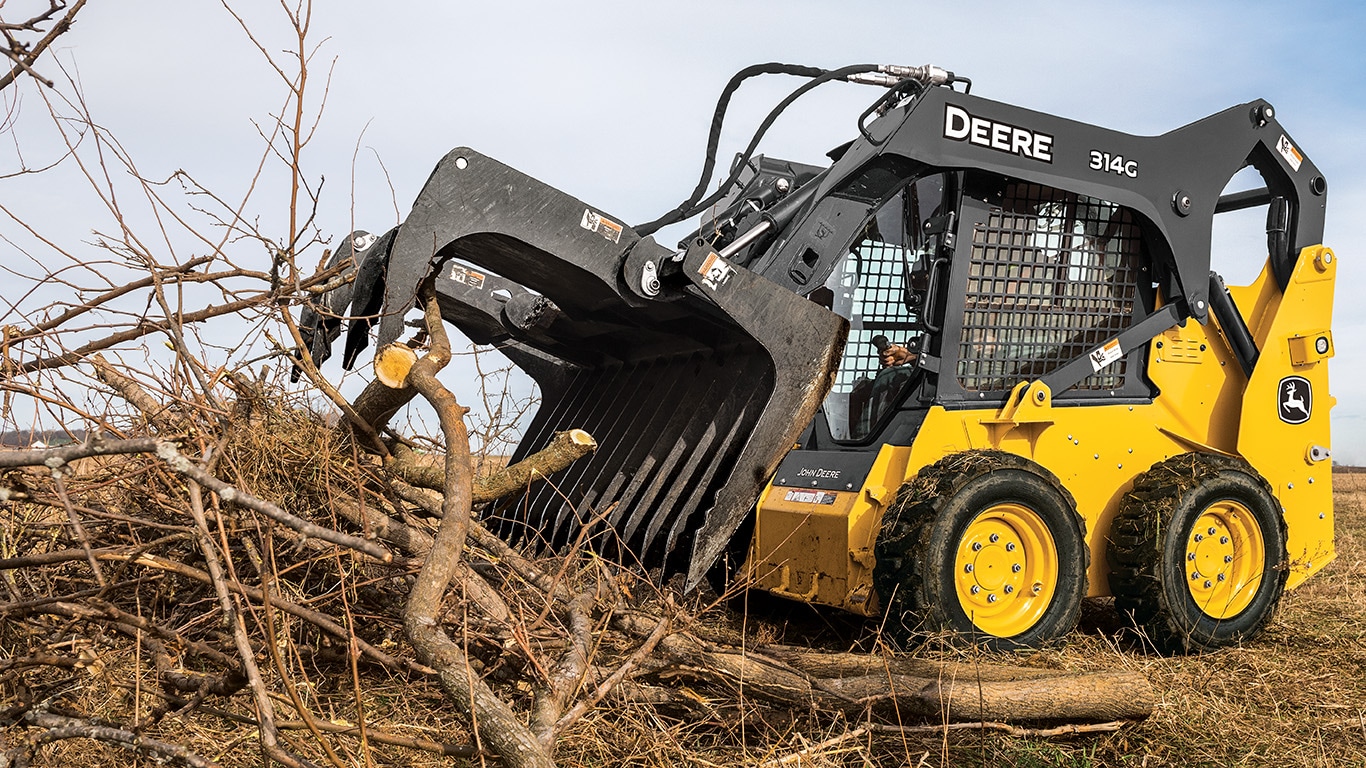WHAT IS A ROOT RAKE?
Root rakes are used to pick up materials that are long, oddly shaped, or bulky. That being said, they also leave soil and pebbles behind, meaning that you can get rid of debris such as large tree branches.
WHAT DOES A ROOT RAKE DO?
Due to a root rake’s unique ability to pick up unwieldy and hard-to-manage items, better than almost any other implement, a root rake is uniquely useful for tasks that involve moving branches, debris, and other uneven or bulky items. A few examples of uses for a root rake include:
- Collecting brush cleared from a piece of land
- Cleaning up debris after a flood, fire, or other disaster
- Grabbing usable firewood and other salvageable items from sandy or gravelly land without the extra dirt and dust
- Extracting items such as old tree roots, old disconnected pipes or buried debris from beneath soil, eliminating the need to dig the items out and replace the soil later.
WHAT DOES A ROOT RAKE LOOK LIKE?
A root rake generally looks like a large metal attachment for the front of a tractor or bulldozer, featuring either one or two “clawed” or tined surfaces for digging and dragging roots and other hard-to-dig debris from soil. A root rake may have one row of “claws” or tines on the bottom front edge, or it may have two rows, one on the top edge, and one on the bottom.
WHAT ARE THE BENEFITS OF A ROOT RAKE?
After large debris is moved, the root rake can also be used to remove roots and other debris from beneath the soil. This lets you save soil so it will not need to be replaced in the future. Now that we understand what a root rake is used for around a property, let’s take a look at how to install, operate, and maintain the equipment.
HOW IS A ROOT RAKE USED AND MAINTAINED?
When you first get your root rake, you will need to attach it to your equipment by maneuvering the machine so that the Quik-Tatch™ lines up perfectly with the mounting plate. Then, you’ll want to tilt the root rake and latch it onto the Quik-Tatch™. After this step, press the root rake into the ground to make sure that the latch is secure.
Once the attachment is securely latched onto the machinery, you must connect the hydraulic hoses. Both ends of the connectors will need to also be cleaned so that any contamination stays out of this system. After this, to operate the equipment, you will need to angle the teeth of the rake so they dig right beneath the surface of the ground.
After the equipment is used, it will also need to be maintained. This will help to make sure that the machinery lasts a long time, and that it is safe to operate. Here are some of the things to look at when inspecting the machine:
- Check for leaks in the cylinders and hoses
- Make sure that the attachment is greased after every 40 hours of operation
- Take a look and make sure there are no missing or broken pieces
For more information regarding the John Deere root rake or related products, contact your local John Deere dealer.
If you enjoyed this post or want to read others, feel free to connect with us on Facebook , Pinterest , Twitter , or Instagram!
Additional Resources:

